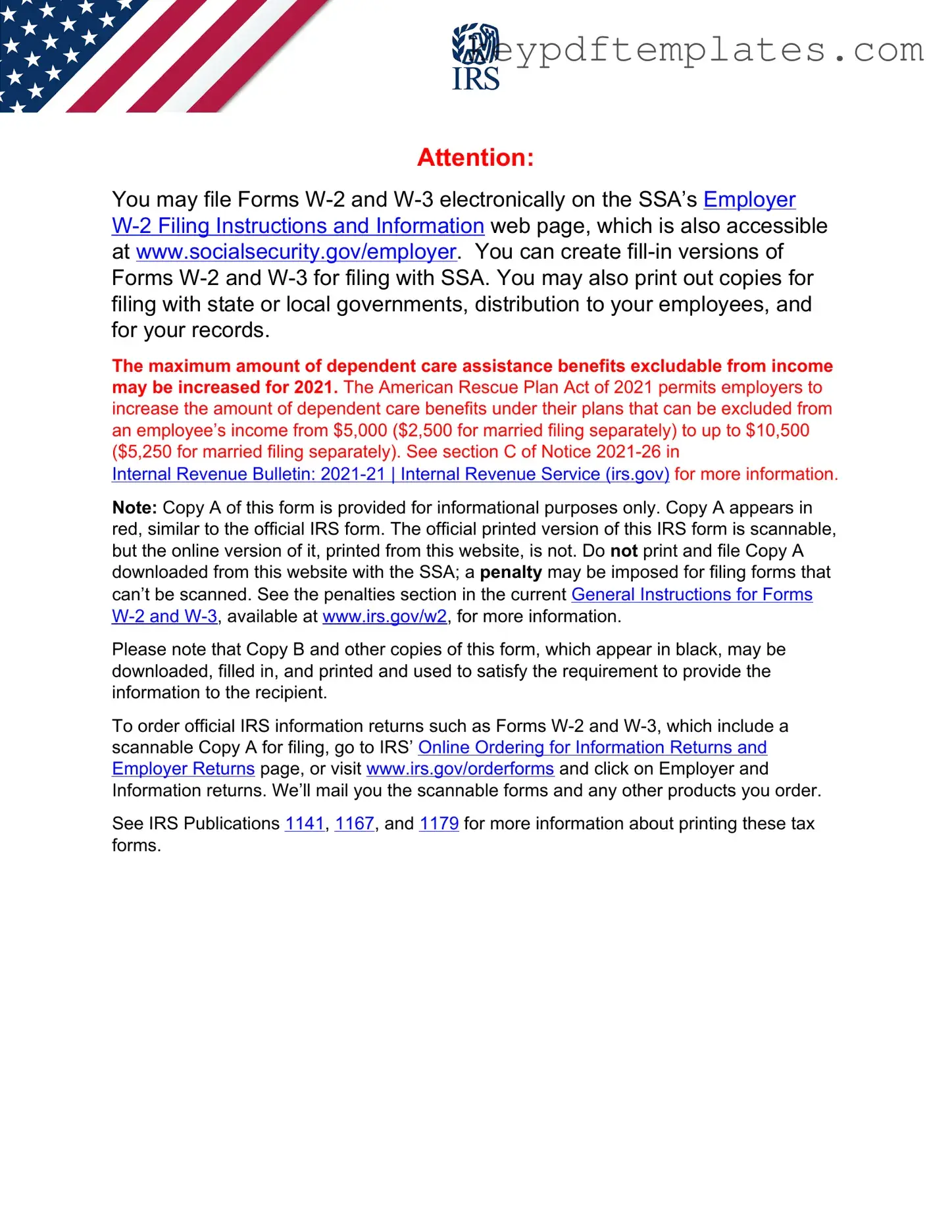Get IRS W-2 Form
The IRS W-2 form is a crucial document that employers use to report an employee's annual wages and the taxes withheld from their paycheck. This form provides essential information for both employees and the IRS, ensuring accurate income reporting and tax compliance. Understanding the W-2 is vital for anyone who receives wages, as it plays a key role in the tax filing process.
Modify Document Online
